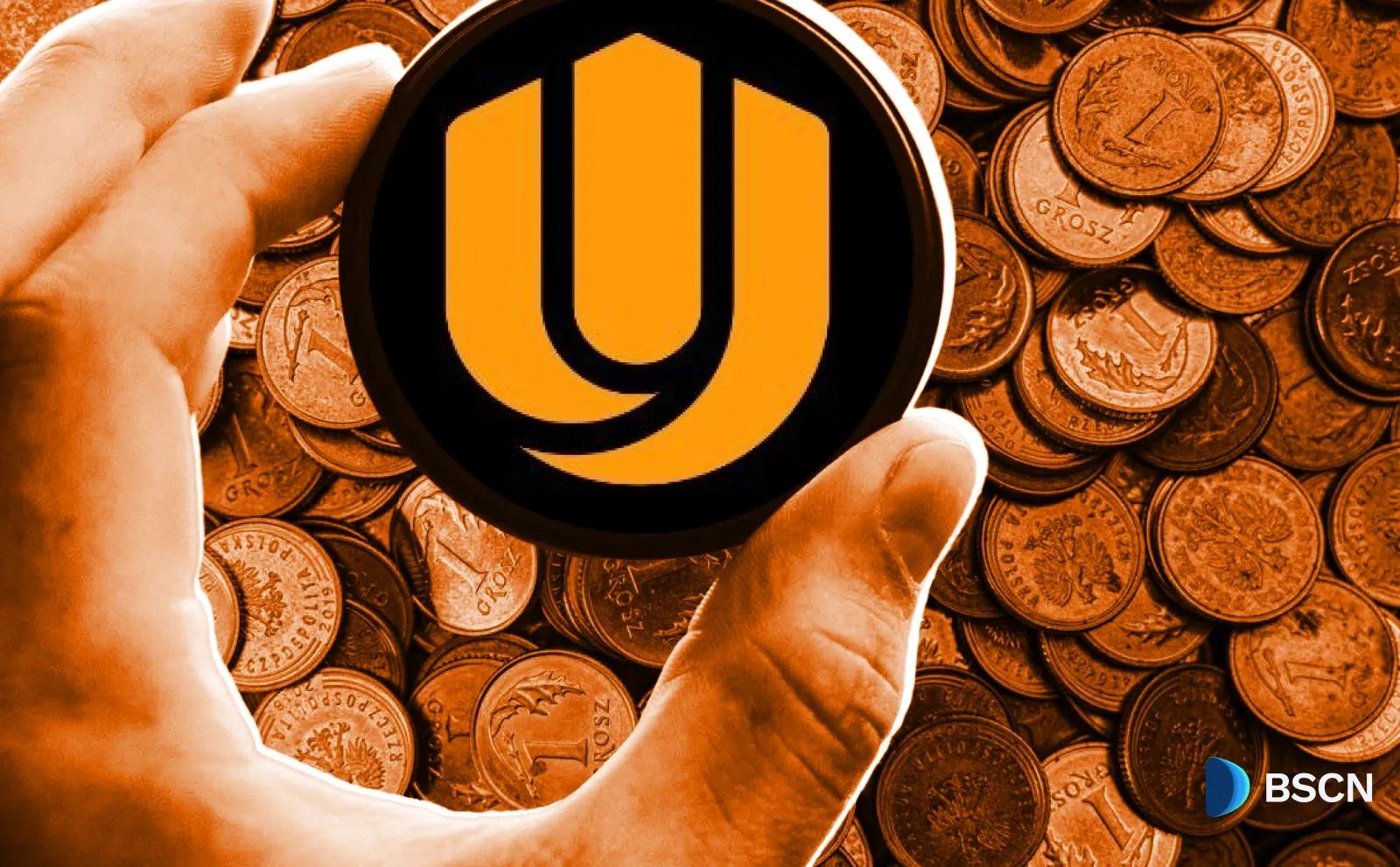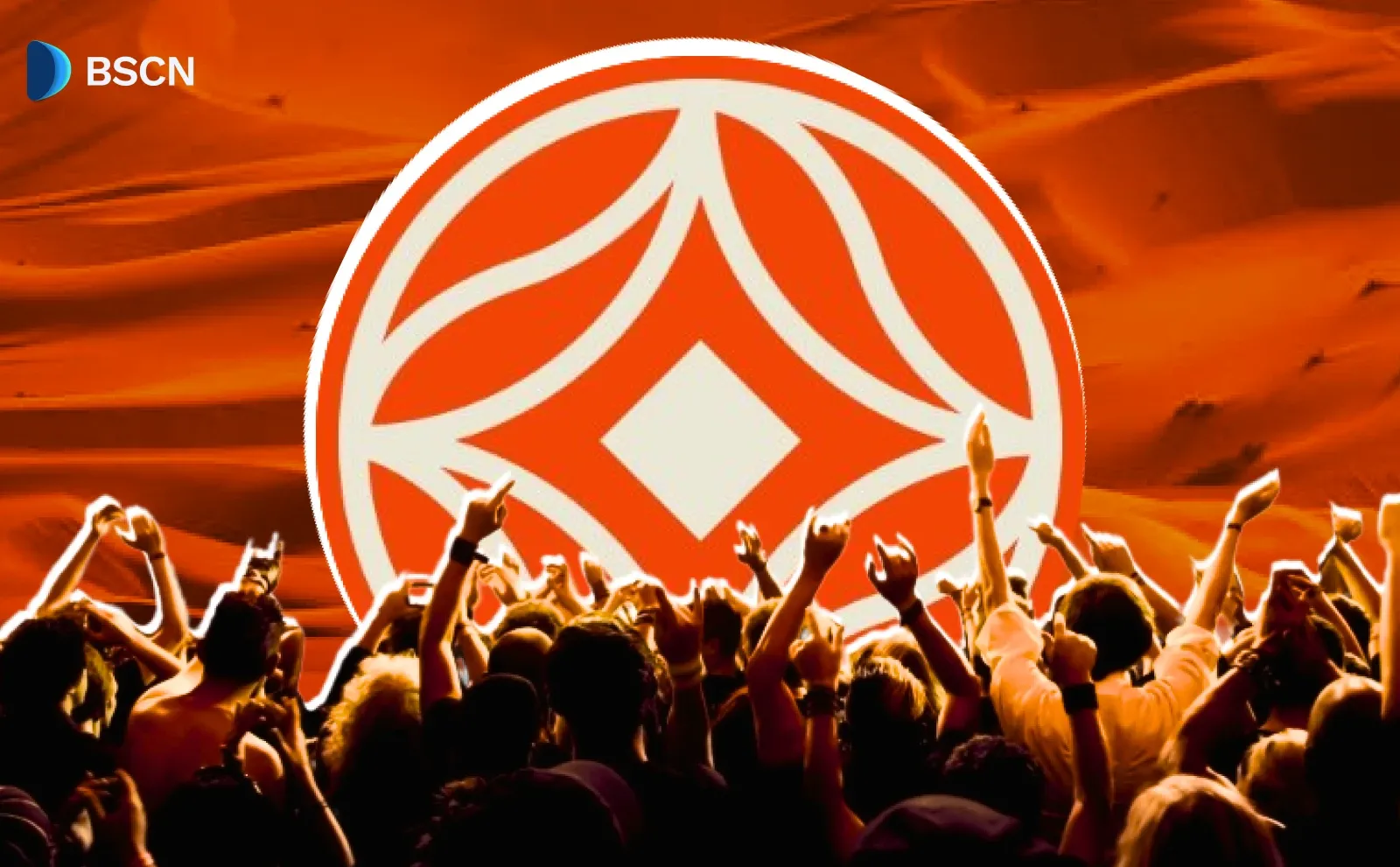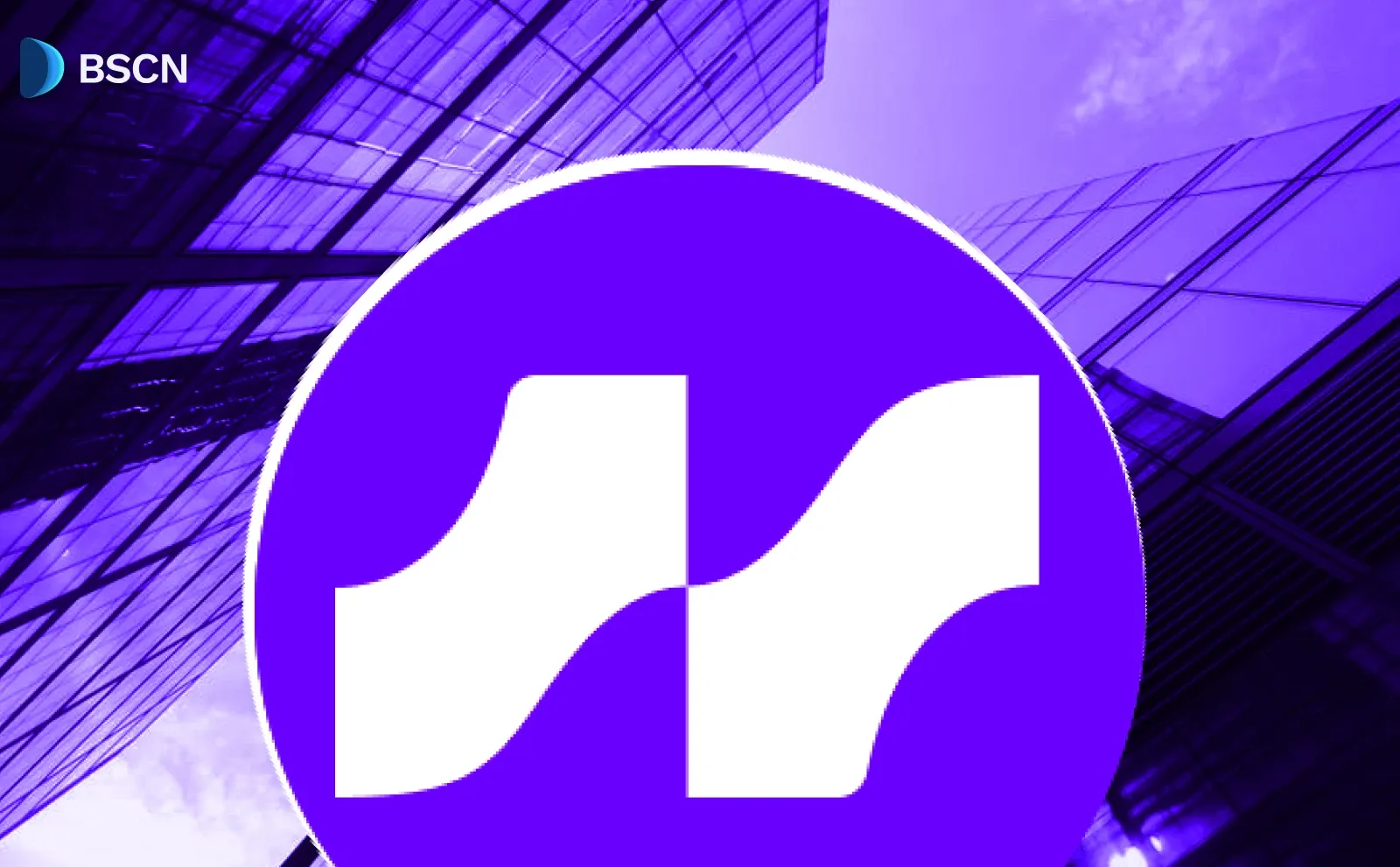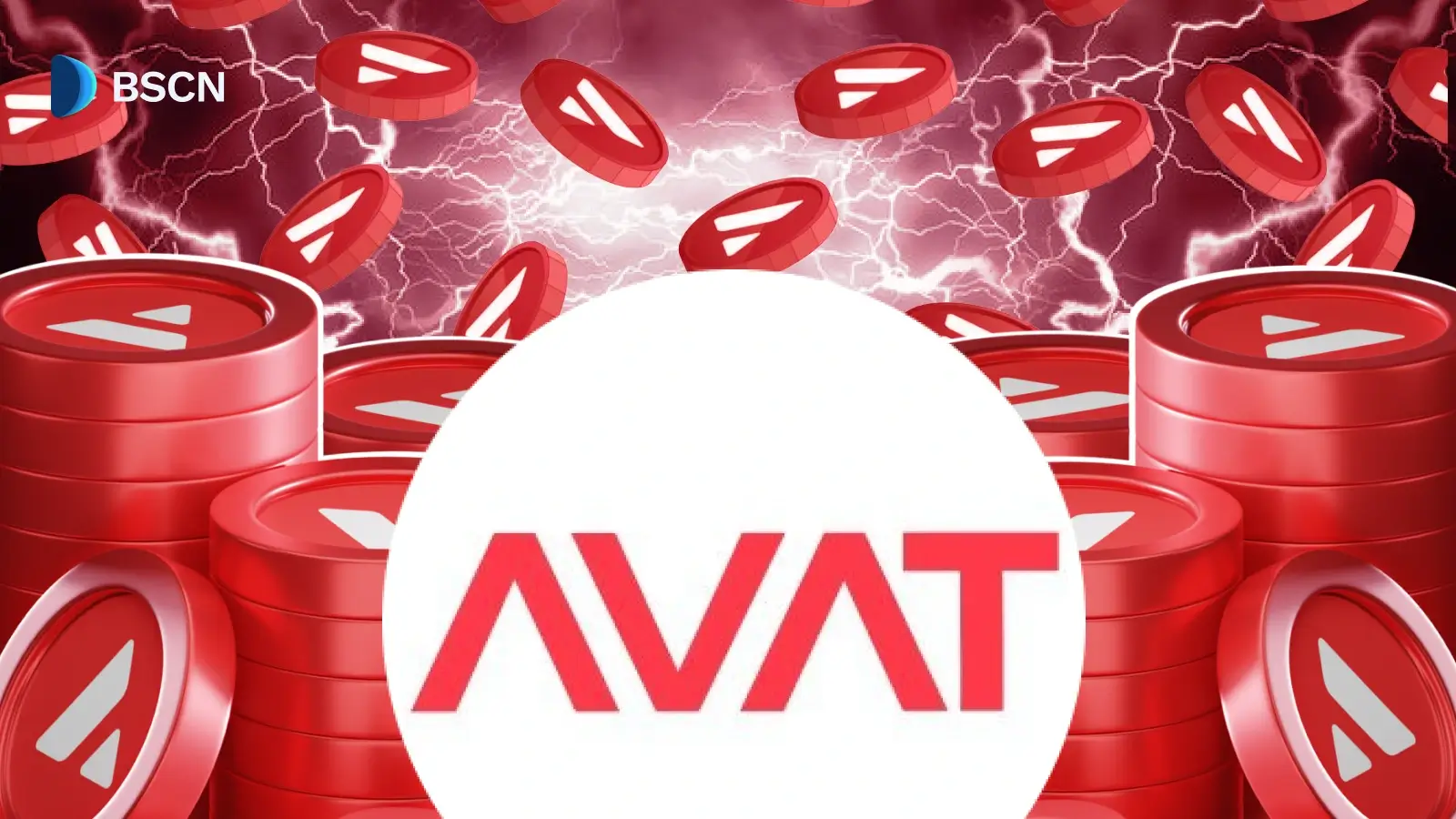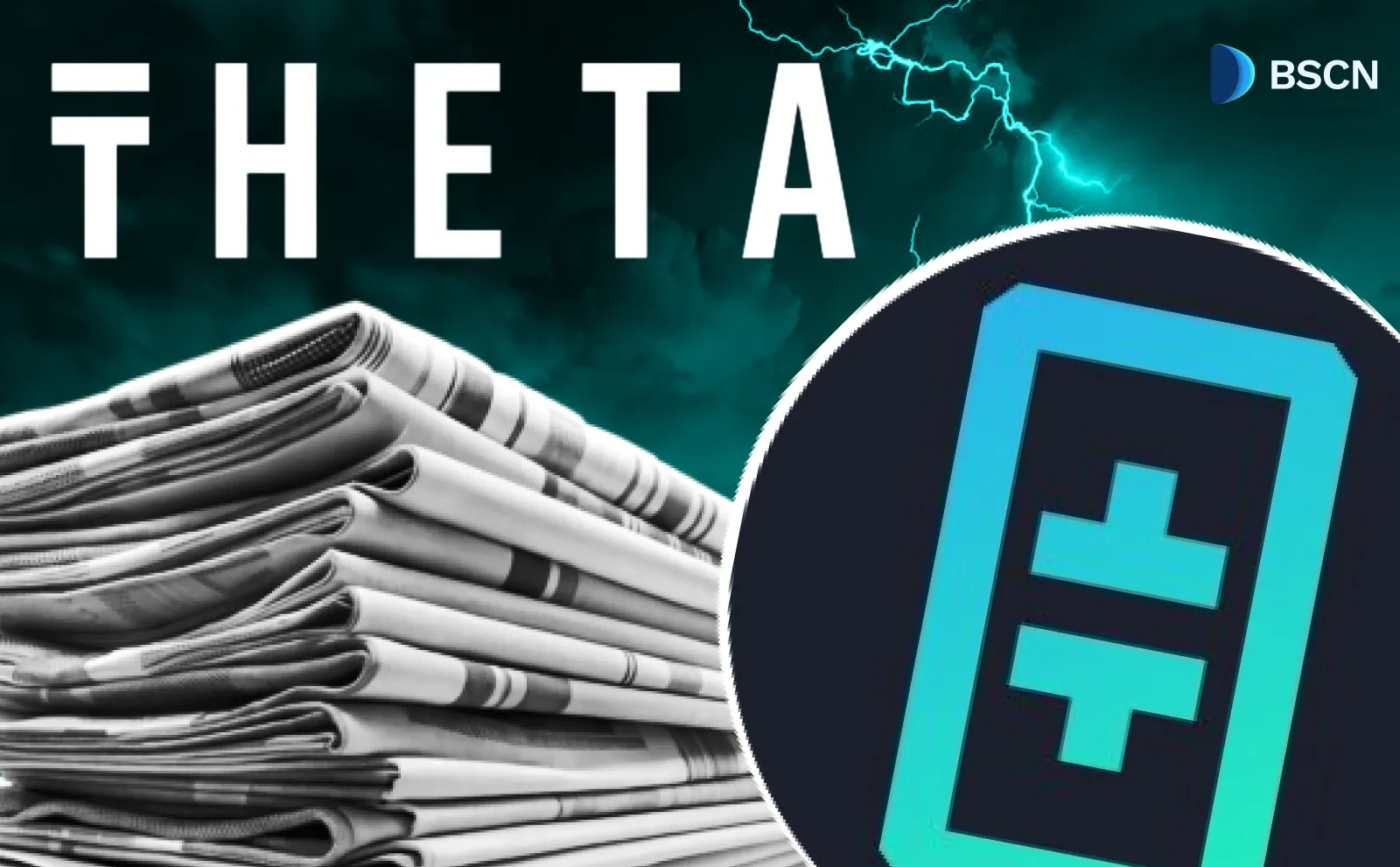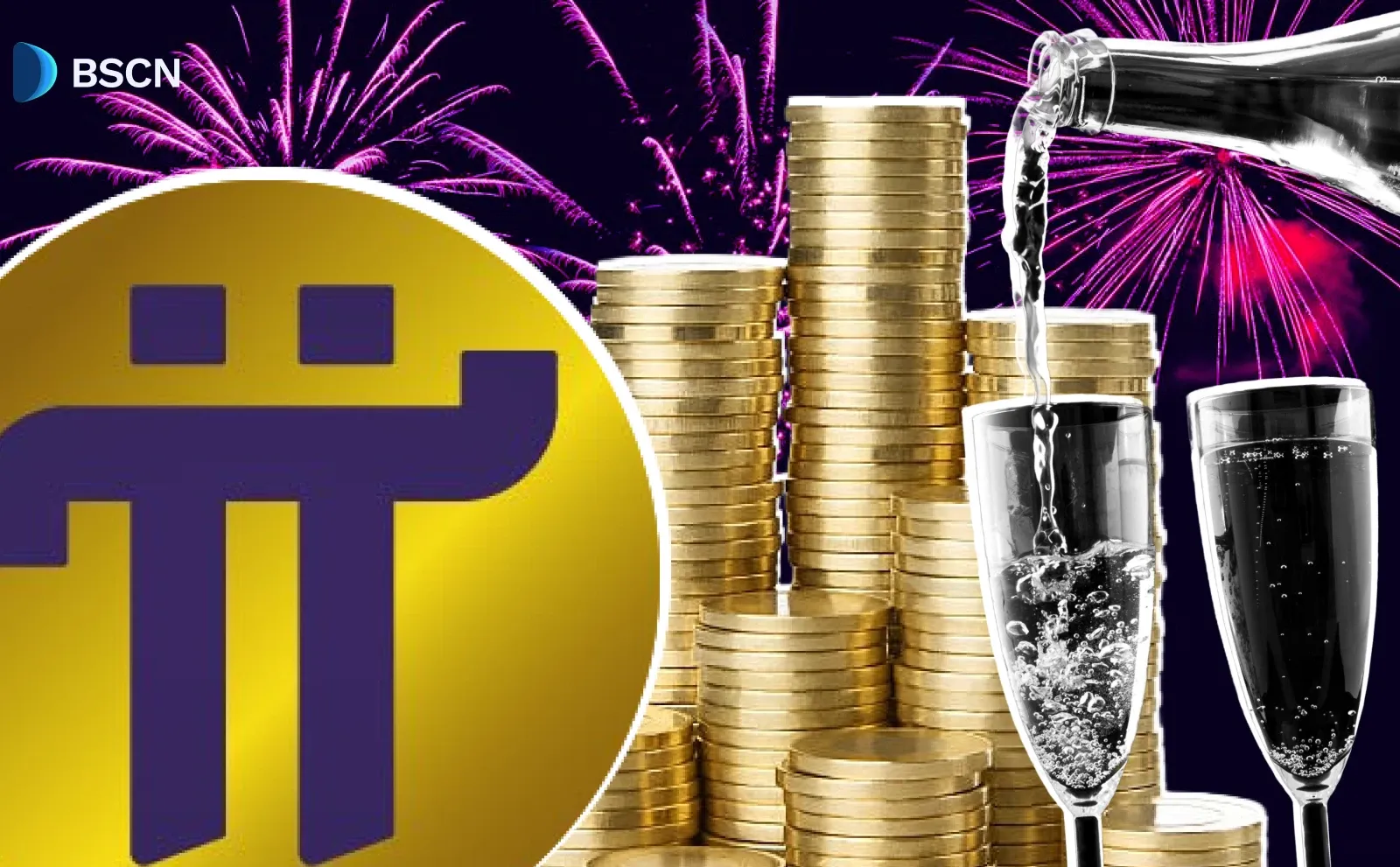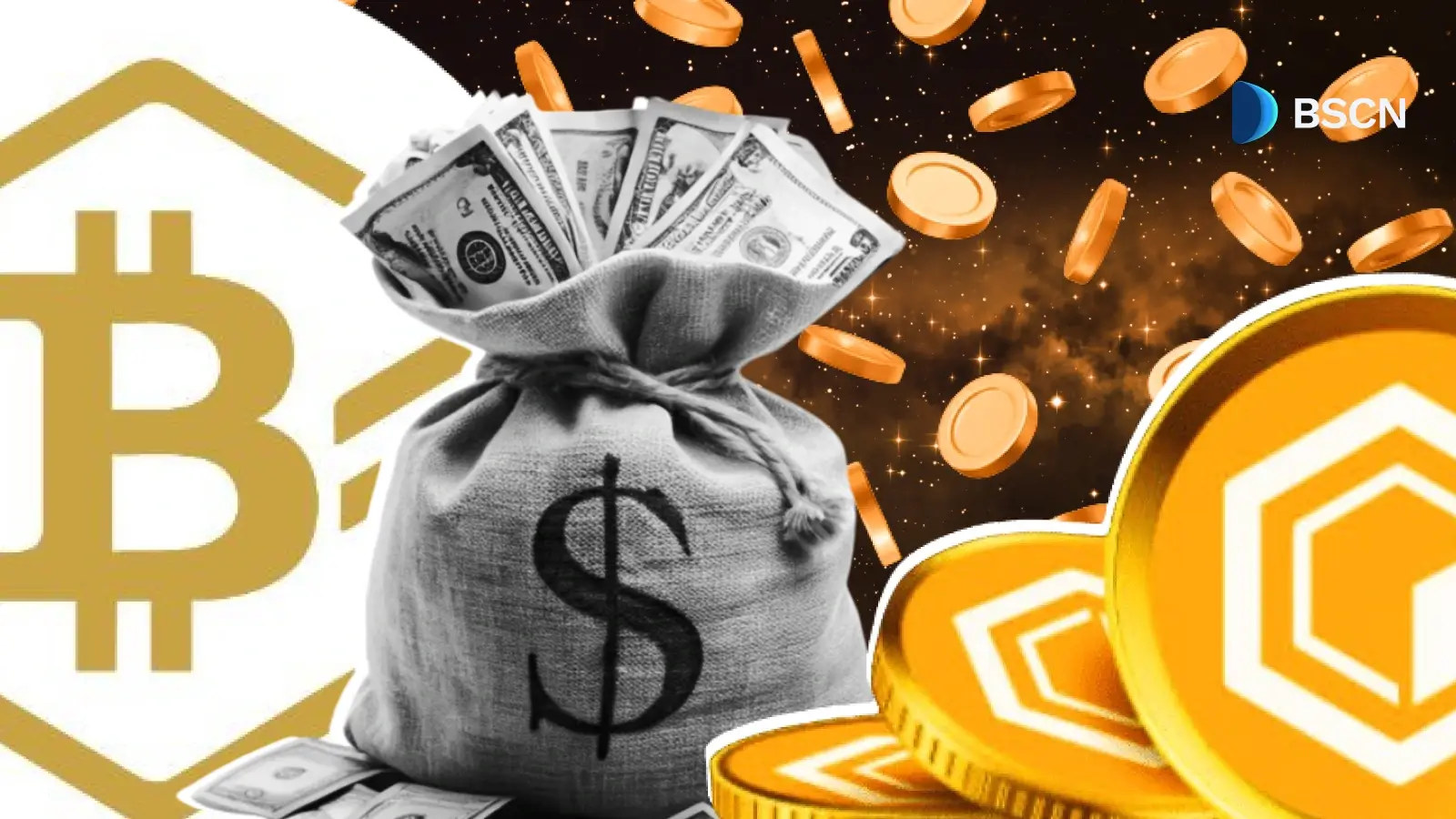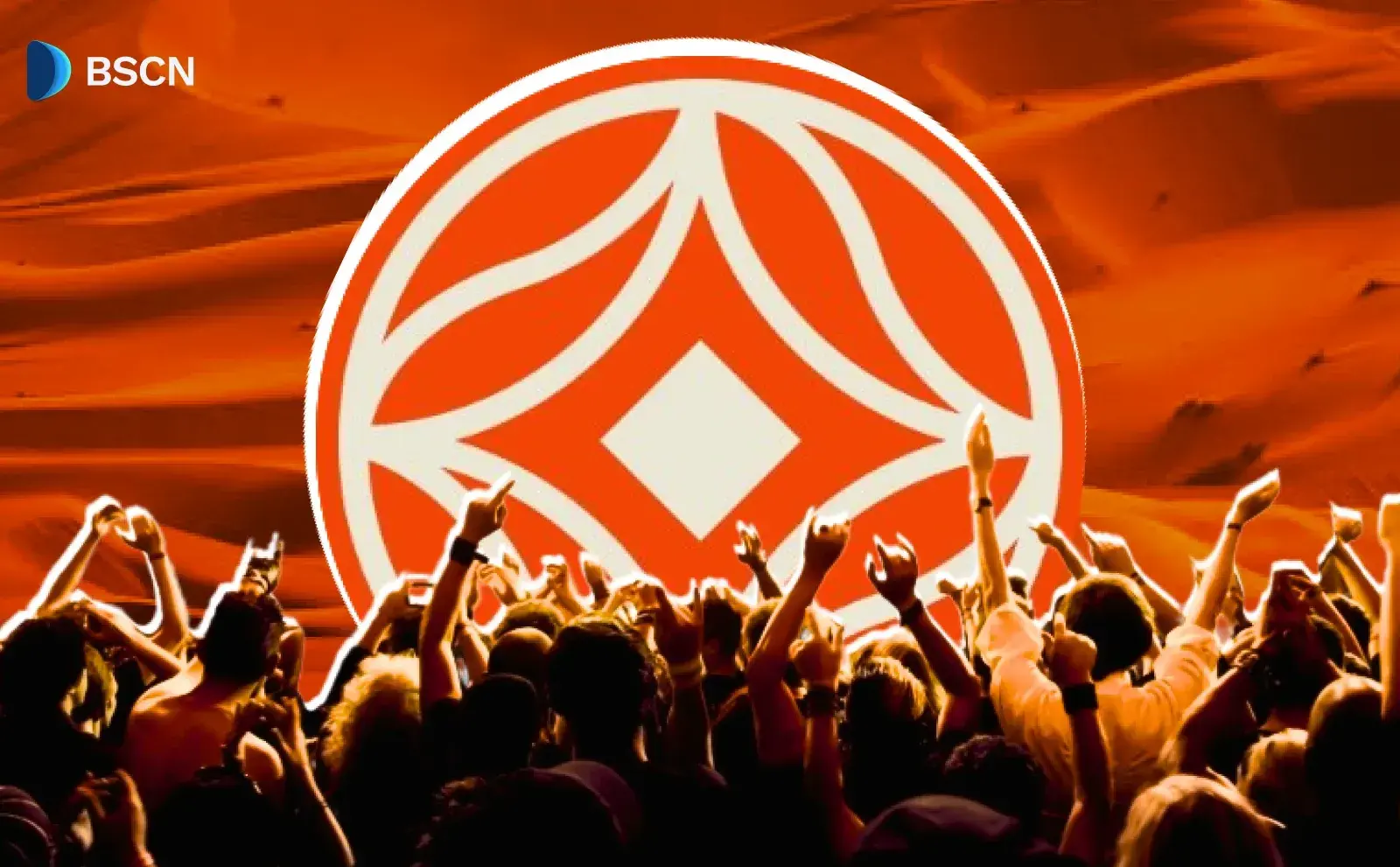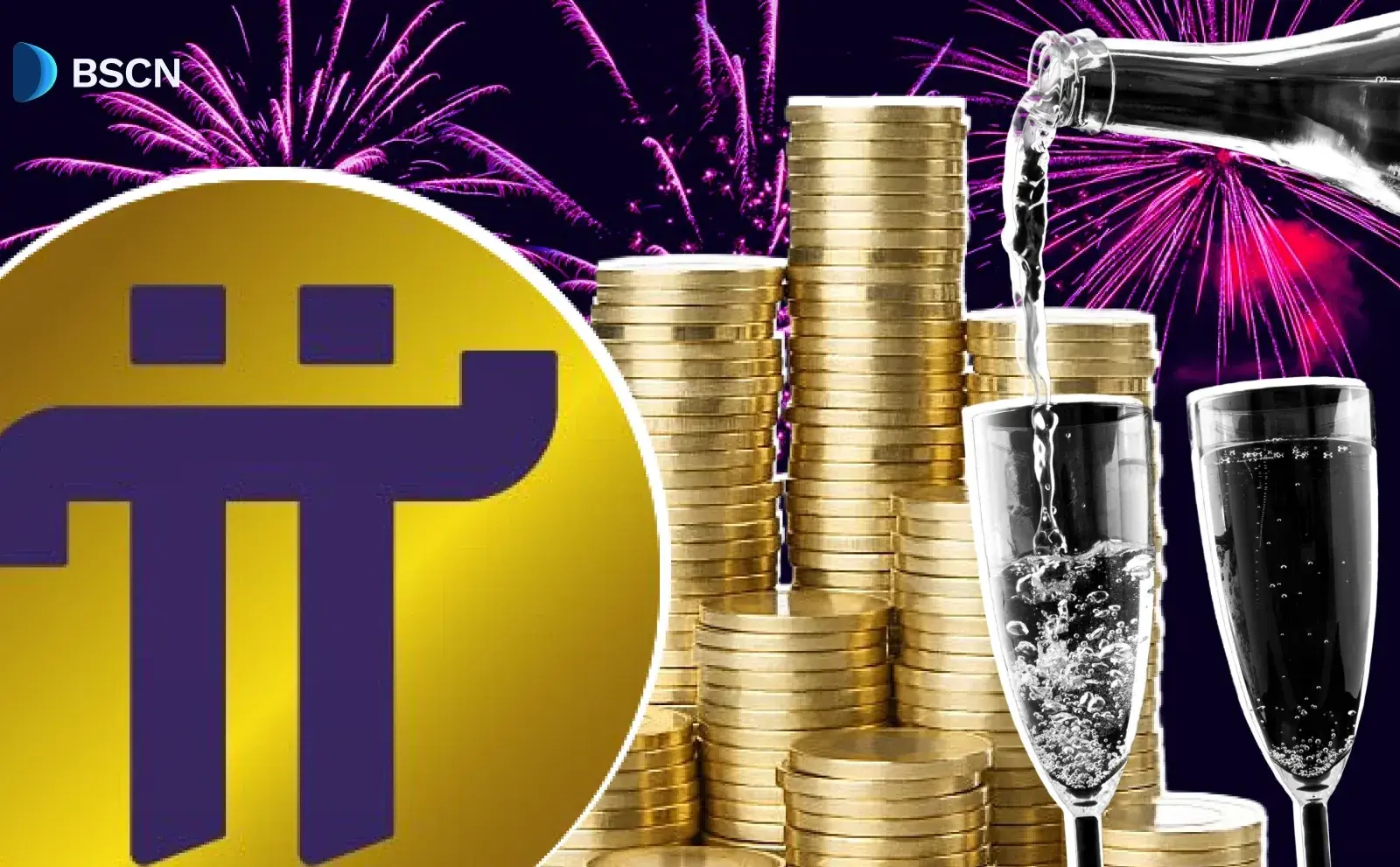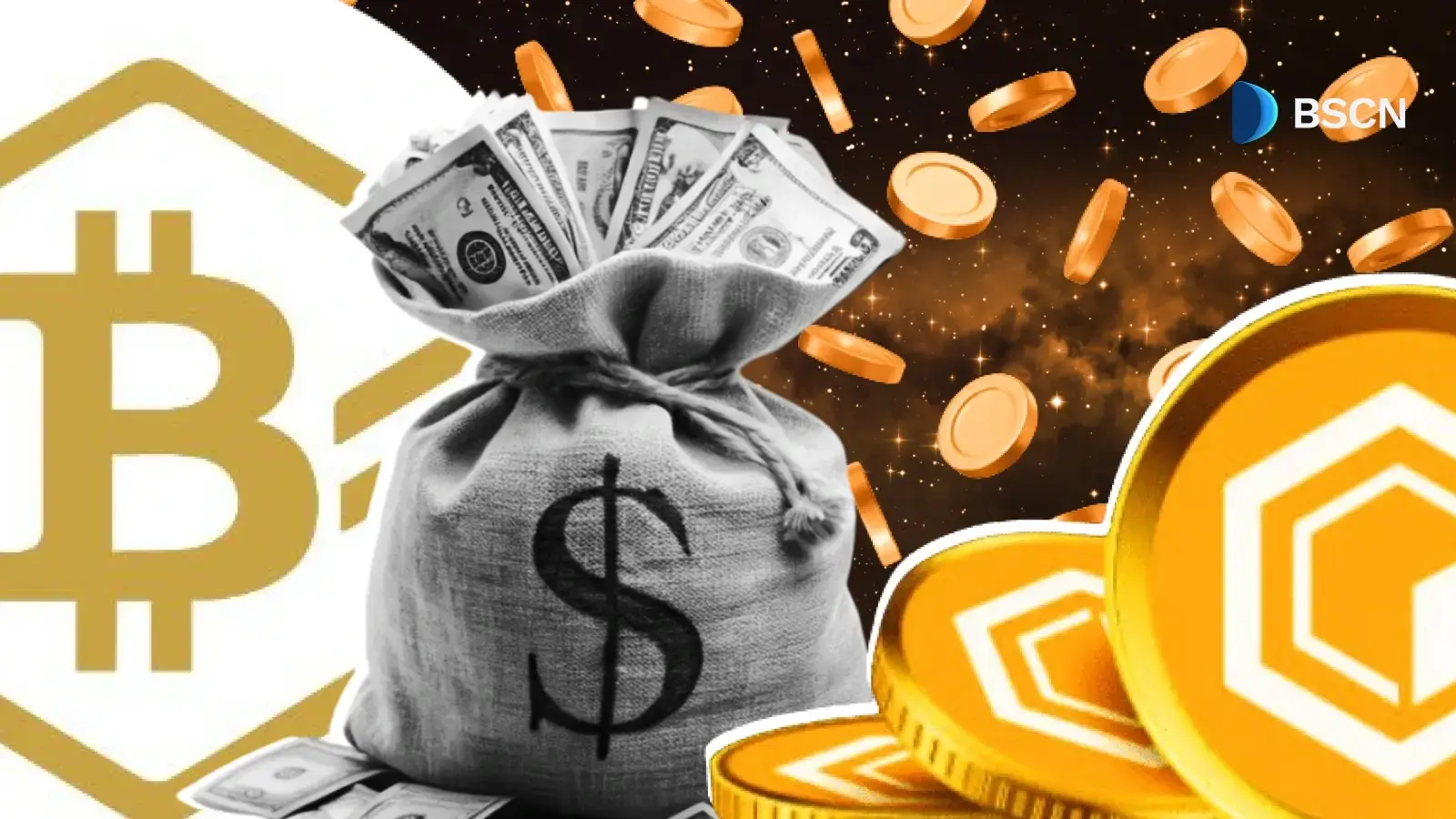WEB3
What is Web3

The simplicity of today's internet web experience gives the impression that it has been a highly-refined space for some time. Yet the internet has gone through many phases of improvements to bring us to where we are now.
BSCN
May 4, 2021
Introduction to Web3
The internet, defined as a global network of computer networks, is one of the most powerful inventions throughout human history. The ability for one computing device to connect to another device has advanced human collaboration and interaction. Emails, social media, online banking, global marketplace, and multimedia streaming services are some of the benefits derived from the Internet today. Indeed, the acceleration in human technological development in the last few decades has been greatly influenced by the Internet.
The World Wide Web
Many people use the phrase 'World Wide Web' (Web, for short) and internet interchangeably, but they are not the same. The internet in itself is the collection of computing devices and the infrastructure that makes their interconnection possible. On the other hand, the Web refers to the network of services and collection of information that are accessible over the internet
People primarily use the World Wide Web to share information and interact with others. However, the Web as we know it today has evolved over the years. When the World Wide Web was proposed in 1989 by its inventor Tim Berners-Lee, it was in a crude form and mainly text-based with virtually no multimedia capability. In the modern day we have Web3, which is essentially further evolution that will make the Internet intelligent in new innovative methods. Let’s now take a look at how the Internet Web has evolved over the years. We will also take note of features that characterize the different epochs of the Web.
The Beginning: Web1

The chances are that if you were taken back to the Web1 era, it would seem to be archaic and ineffective. In those days, websites were limited in their function. Visiting a website was a read-only experience with not much room for users to interact with the web content. The static nature of websites made some people refer to Web1 as the Static Web.
The operation of Web1 was relatively centralized. Web content was at the discretion of the content producers (owners of the website) with almost no input from the users. Visitors to those websites merely came to read the information presented by the site's owners. Web1 is generally considered to have consisted of the years 1989 through 2000.
Social Media Age: Web2
Towards the end of the 1990s, websites started becoming more dynamic. They progressed from being read-only to being read-and-write. Features that allowed users to interact with websites were gradually incorporated. Users could now upload their content to a website which gave room for Social Media platforms to spring up. In addition to users interacting with a website, Web2 made it possible for different websites and web applications to interact and share data.

Web 2.0 placed more emphasis on users interacting with a website rather than just observing or reading it. Websites were built around the users. Technologies that facilitated this era are HTML5 and CSS3 among other developments. Notable platforms that helped define Web2 as the Social Web era are Facebook, Twitter, and YouTube.
Web2 contained many improvements over Web1, but it was very much centralized. Though users could contribute data to the web content, such data was in the firm control of the website's owner or host. Content could be easily removed if it went against the terms of the website. Although the lines that separate each era are blurry, the consensus is that Web2 was the predominant form of the Internet Web between 2000 and 2010.
Semantic Web: Web3
This is the age of the intelligent web. Previously, the Internet was only concerned with working on static data. Currently, intelligent algorithms are now embedded in Internet systems and can interpret data and deliver services in a more structured and personalized form for each user. These algorithms analyze users' historical Internet data and use it to improve subsequent Web-browsing experience. Let’s dive into these upgrades and how they affected users.

Many shoppers visit the websites of online shops to make online purchases. If the website recommends another item to you as an item other people bought after buying the original item you had in mind, you just experienced Web3. There are also other instances that an advert pops up while we are surfing the web. If those adverts are about a service in the area you live in, it means that the system has analyzed information about you and proposed a service personalized to your location. Machine learning, neural networks, and artificial intelligence, Internet of Things (IoT) etc., are some of the technologies that are characteristic of Web3.
Web3 is driven by protocols that prioritize privacy and decentralization. Users will have greater control over their data. Coming at around the same time that blockchain and decentralized finance emerged, Web3 supports decentralized applications and smart contracts. In many respects, Web3 is the internet democratized.
The Web3 phase began around 2010 and spans until the current date, but already there are talks of a Web4. This development speed is an indicator of how fast technology can evolve, especially as worldwide access is at its highest point ever seen to this time. While many websites are already running Web 3.0 protocols, some are still stuck in Web2, while others are jumping ahead into a new defining Web4 era, creating a strange divergence between websites and platforms.
The Future

Looking at the rate at which technological innovation is growing, it is safe to assume that the growth of the internet web will not slow down. We will likely see Web3 become fully established in the very-near future, especially in the IoT sector. Devices that we usually would not associate with online activity today will become a part of IoT infrastructure. Decentralized applications will make blockchain a part of our everyday life. The possibilities are truly endless. And when you get to the point where Web3 has blown your mind with its possibilities, Web4 will come knocking on your door.
Closing Thoughts on Web3
Over the years, we have witnessed a steady evolution of the Web. The internet has developed in alignment with our needs, uses, and innovation in other sectors. Evolution in Internet Web technology has ushered us into the era of Web3, of which customized browsing, IoT, and decentralization are the hallmark applications. These applications have made life easier and have transitioned many tasks into an internet-based setting. As more providers and developers continue to deploy Web3 compliant platforms, technology is already moving towards the next epoch in the history of the Internet Web.
Don’t forget to download the BSC News mobile application on iOS and Android to keep up with all the latest news for Binance Smart Chain and crypto! Check out the DeFi Direct Linktree for all the access links!
For those looking for tools and strategies regarding safety and crypto education, be sure to check out the Tutorials, Cryptonomics Explainers, and Trading Tool Kits from BSC News.
Disclaimer
Disclaimer: The views expressed in this article do not necessarily represent the views of BSCN. The information provided in this article is for educational and entertainment purposes only and should not be construed as investment advice, or advice of any kind. BSCN assumes no responsibility for any investment decisions made based on the information provided in this article. If you believe that the article should be amended, please reach out to the BSCN team by emailing [email protected].
Author
 BSCN
BSCNBSCN's dedicated writing team brings over 41 years of combined experience in cryptocurrency research and analysis. Our writers hold diverse academic qualifications spanning Physics, Mathematics, and Philosophy from leading institutions including Oxford and Cambridge. While united by their passion for cryptocurrency and blockchain technology, the team's professional backgrounds are equally diverse, including former venture capital investors, startup founders, and active traders.
Latest News
Crypto Project & Token Reviews
Project & Token Reviews
Comprehensive reviews of crypto's most interesting projects and assets
Learn about the hottest projects & tokens
